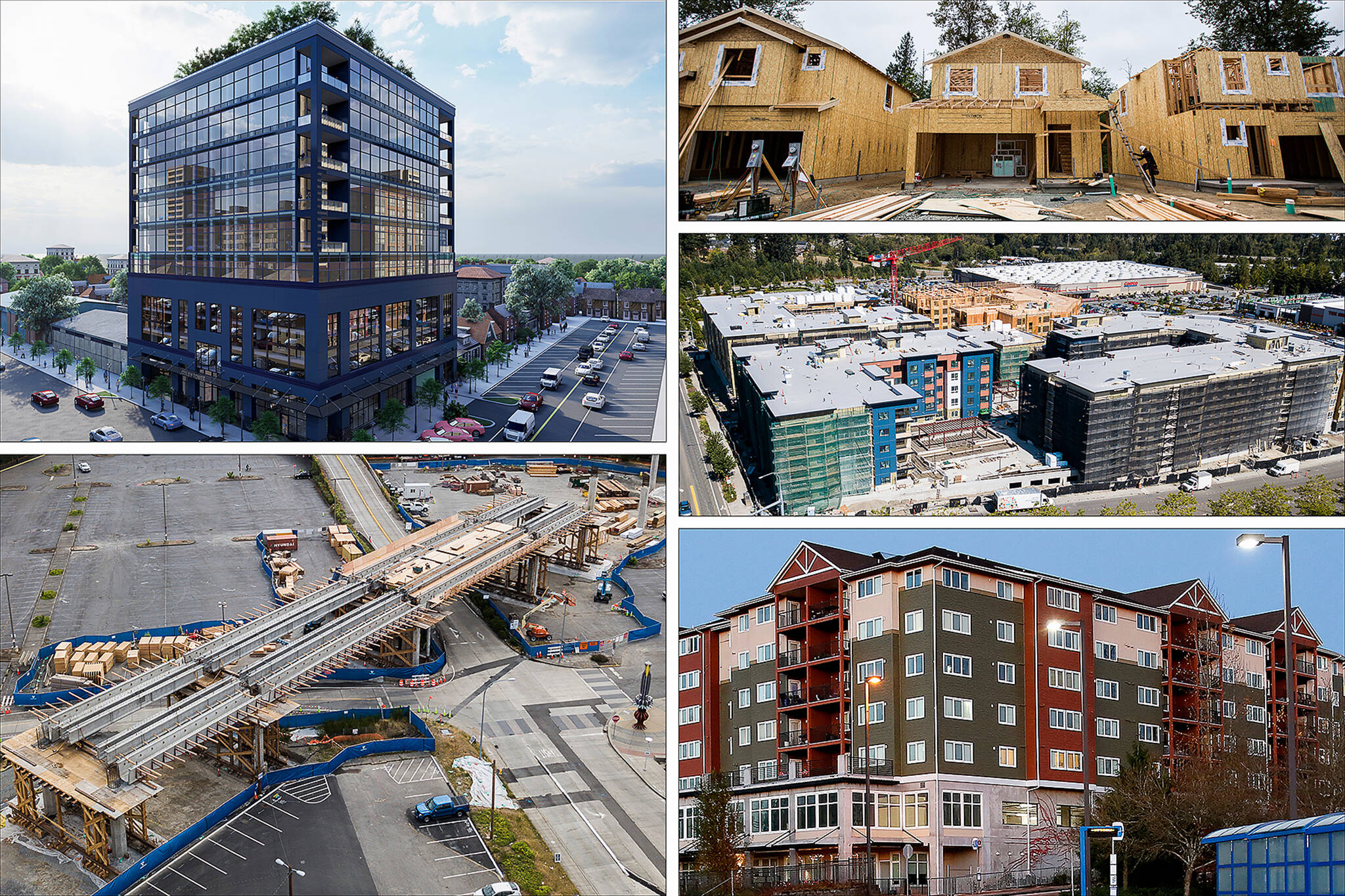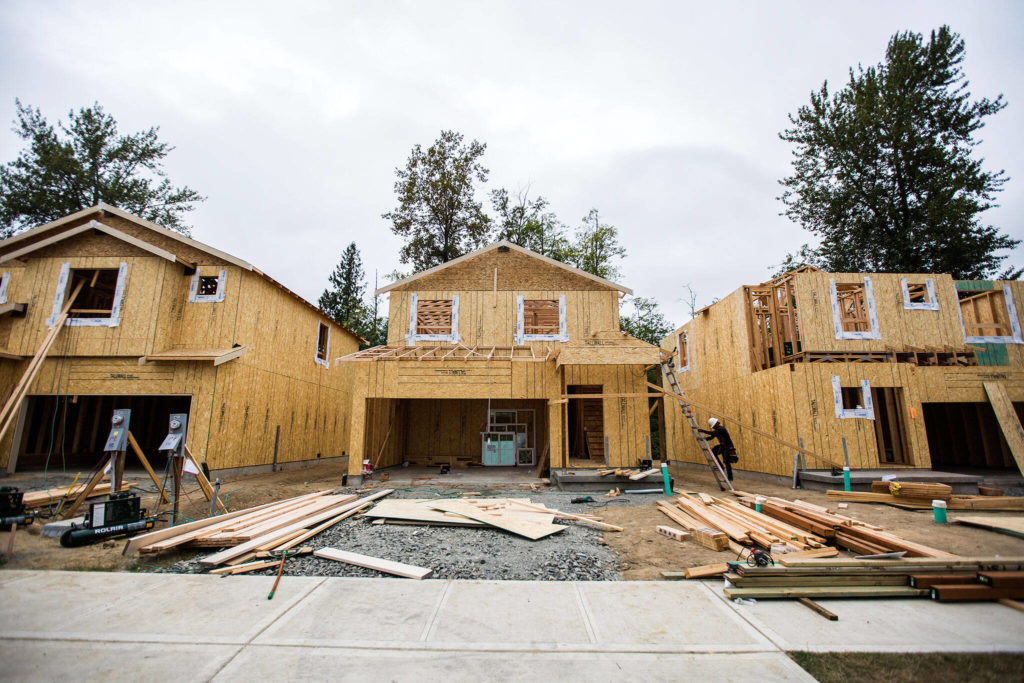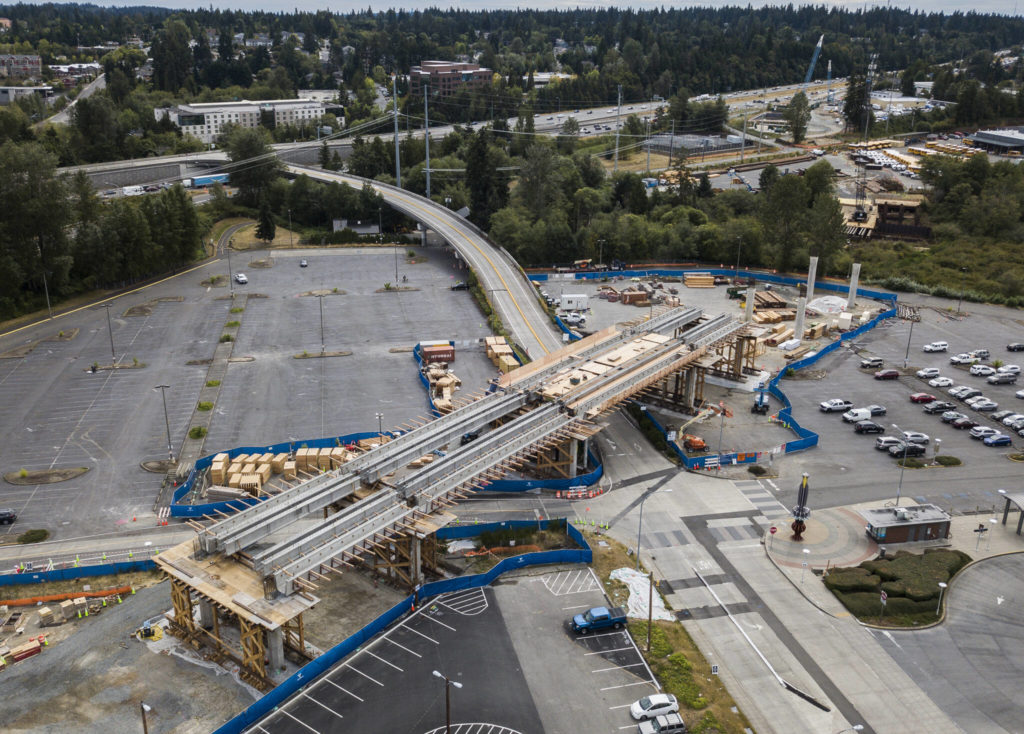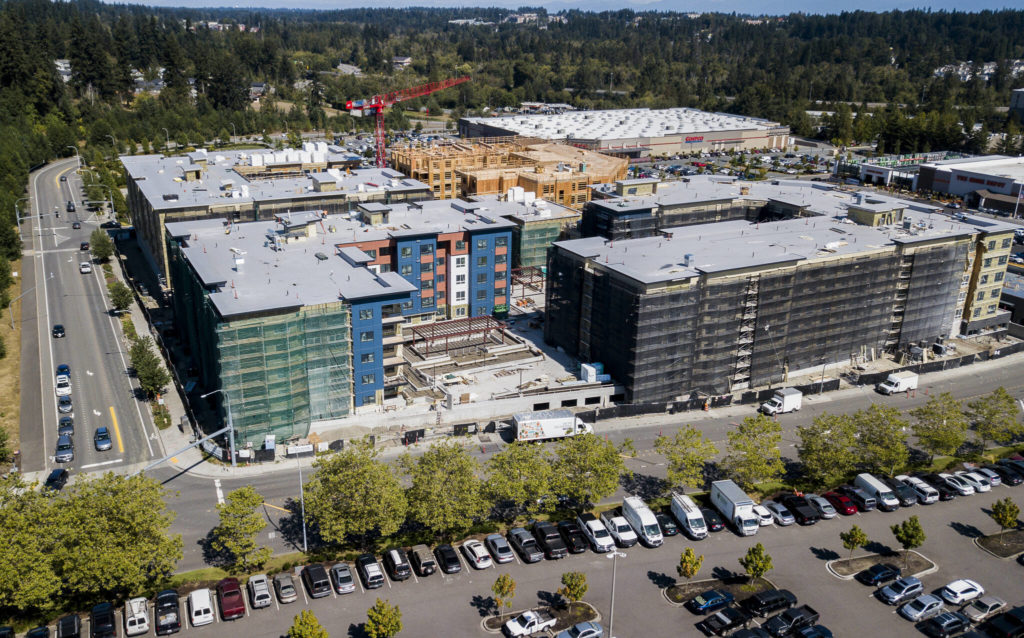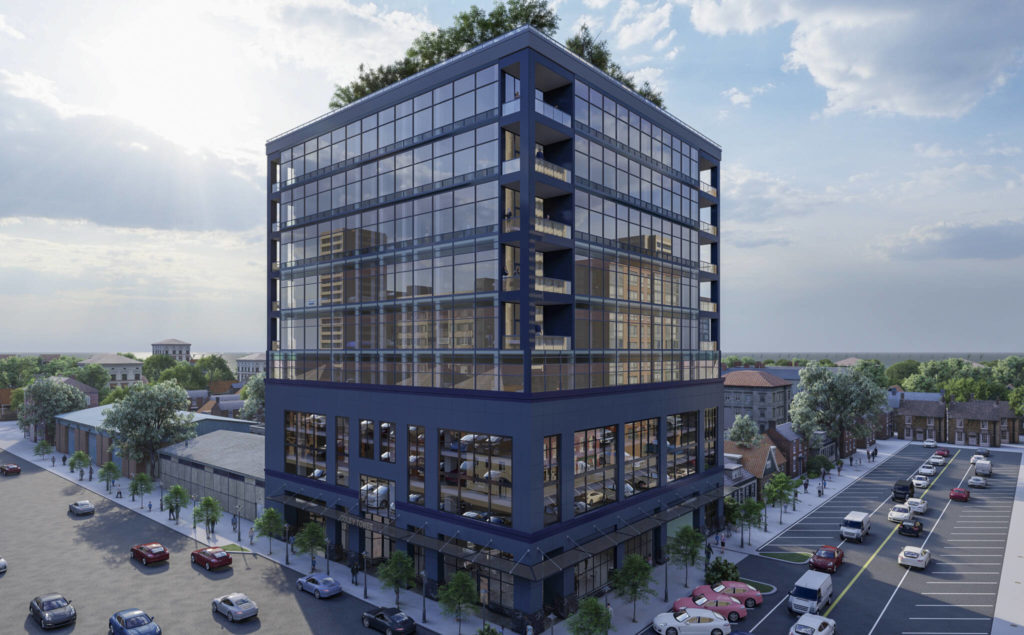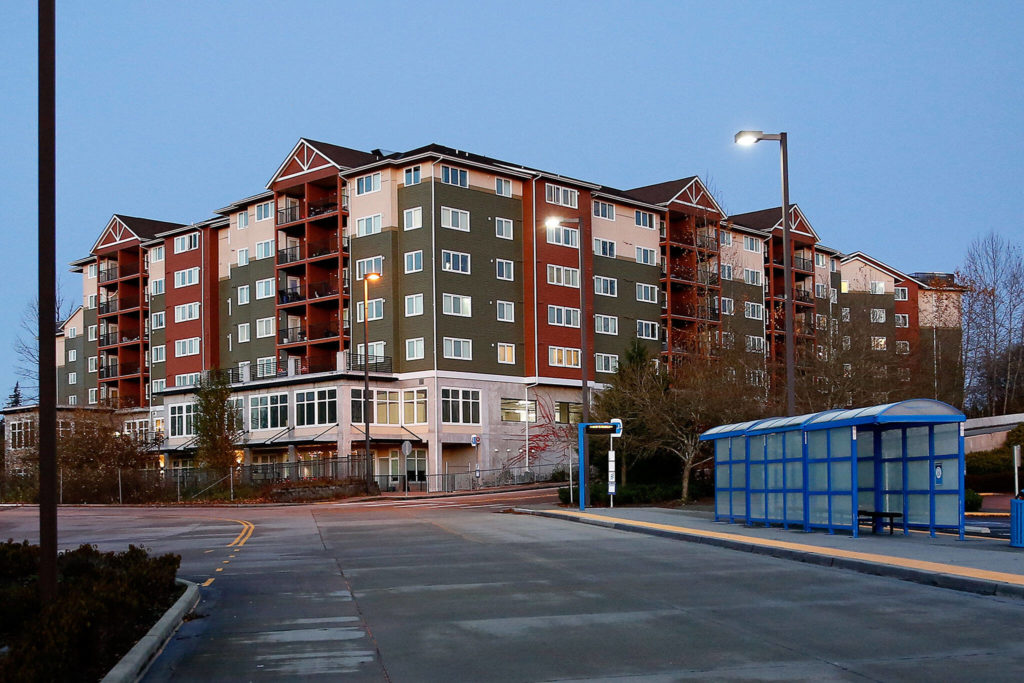EVERETT — The year 2044 is going to be crowded in Snohomish County.
By then, over 308,000 new people are projected to live here, pushing the total population past 1.1 million, according to growth targets adopted by the County Council last week. That growth is expected to be paired with 171,800 new jobs, for a total of more than 467,000.
Years in the making, the growth targets will inform the county’s 2024 comprehensive plan, last updated in 2015.
That may sound boring. But the plan will have far-ranging impacts on how the region will transform as it braces for more people than ever. Where officials expect those newcomers to live and work will determine how dollars are invested into roads, housing, schools and more.
A Daily Herald reporter took the time to learn all about it — tuning into council meetings and reading 63 pages of related documents — so you don’t have to.
Here are four takeaways:
1. Transit will guide 50% of the county’s growth
The county’s new growth targets solidify what officials realized around 2017: Newcomers aren’t all funnelling to Everett, the county’s core metro area and largest city by a longshot.
In the last round of growth targets, councilmembers prioritized Everett to absorb the bulk of the county’s growth, citing better zoning and a hope that denser neighborhoods would help guide light rail expansion. But newcomers have instead been filling in areas along a broader corridor in the southwest corner of Snohomish County, including Everett’s fast-growing suburbs. The trend called for the creation of a brand designation within the growth targets, called “high-capacity transit communities.”
The category includes the cities of Arlington, Edmonds, Marysville, Mill Creek, Mountlake Terrace and Mukilteo, as well as unincorporated parts of south county.
The county expects those areas to accomodate half of the county’s total population growth.
“What we’re seeing, then, is most cities will have significant efforts ahead of them,” Stephen Toy, a county long range planner, told councilmembers earlier this year.
Sound Transit Link light rail is creeping north into Snohomish County. By the 2040s, a string of stations should be in place from Lynnwood to Everett. And bus rapid transit will soon serve the I-405 corridor from Lynnwood to Bothell.
This year, lawmakers are mulling over other big transportation investments in buses, ferries and rail.
Toy noted higher-density housing is already cropping up near light rail in high-capacity transit communities south of Everett.
Roughly 153,000 residents are expected to join those neighborhoods by 2044. But the communities only have housing capacity for about 100,000. That’s based on a 2021 Buildable Lands Report.
Mill Creek, Marysville and areas of unincorporated Everett face especially large capacity shortfalls.
Employment will pose less of a challenge in high capacity transit communities, which should bear 30% of Snohomish County’s employment growth. County leaders anticipate those communities will need to make up for a gap of about 6,700 more jobs to meet the growth targets.
2. Everett needs more jobs
Everett is planned to accommodate 20% of the county’s population growth and nearly 40% of job growth.
Under projected population growth, Everett could have a shortfall of 24,700 jobs if employment doesn’t pick up.
That’s the largest potential employment gap planners have identified in the target process.
The city will need a “much higher rate of employment growth” to keep up with projections, senior planner Frank Slusser told county councilmembers.
Everett’s population growth rate is expected to nearly quadruple by 2044. New light rail stations will strengthen the city’s connection to King County and the surrounding areas. But there are other forces driving Everett’s future growth, said city planning director Yorik Stevens-Wajda.
“I won’t hang my hat on light rail being the only reason that I see a lot of potential for growth and development and success in Everett,” he said. “We’ve also had the beginning of commercial airplane service at Paine Field, and we’ve done a number of planning efforts.”
He pointed to the housing action plan Everett adopted in 2021. The plan aims to bolster housing variety and urban development, encouraging accessory dwelling units, corner duplexes, townhouses and courtyard apartments.
The past year or so has already been encouraging, as several new apartment buildings have popped up in the city.
3. ‘Core cities’ Lynnwood and Bothell may shoulder 12% of county growth
Lynnwood and Snohomish County’s share of Bothell, considered together as “core cities” in new growth targets, are slated to absorb 12% of the county’s new population and 18% of its employment growth.
The targets found that by 2044, the cities won’t have capacity for over 10,000 people and jobs. They’ll have to figure out how to make room.
Light rail isn’t planned for Bothell, but expanded bus rapid transit will serve the city’s Canyon Park. Bothell community development director Mike Kattermann said the regional growth center is already seeing significant employment gains.
He said Canyon Park recently gained thousands of jobs without increasing its physical footprint.
Kattermann serves on Snohomish County Tomorrow, the body that spearheaded the growth targets. He attributed some of those new jobs to expanded remote work during the pandemic.
Lynnwood, he added, is expecting more family-wage jobs in the future. Incoming light rail is already driving new development.
4. Targets come with uncertainty
The 2044 growth targets were devised with input from across the county. They serve as a backbone for the comprehensive plan update. But there’s some uncertainty baked into them.
Updated growth projections from the state Office of Financial Management won’t come out until later this year, offering a better look into how the pandemic may impact the county going forward.
A memo to county councilmembers said the pandemic likely increased population and employment growth beyond what was expected under its last comprehensive plan.
However, “it is still too soon to confidently distinguish between the temporary effects of Covid and long-term changes on many issues,” it said.
And there’s plenty of time for new transportation investments, development regulations and other data to crop up before 2024, when the county will officially update its long-term plan. A reconciliation process can take place after that to adjust growth targets.
The county also still faces questions on how it might curb growth in towns where development could exceed modest targets. Overall, the county aims to reduce the rate of population growth in rural areas.
The city of Sultan, Toy said, has permit applications already in the pipeline that, if approved, would represent 84% of its 2044 growth target.
One fix officials may have to consider, he said, is a moratorium on new development permits.
Claudia Yaw: 425-339-3449; claudia.yaw@heraldnet.com. Twitter: @yawclaudia.
Talk to us
> Give us your news tips.
> Send us a letter to the editor.
> More Herald contact information.
